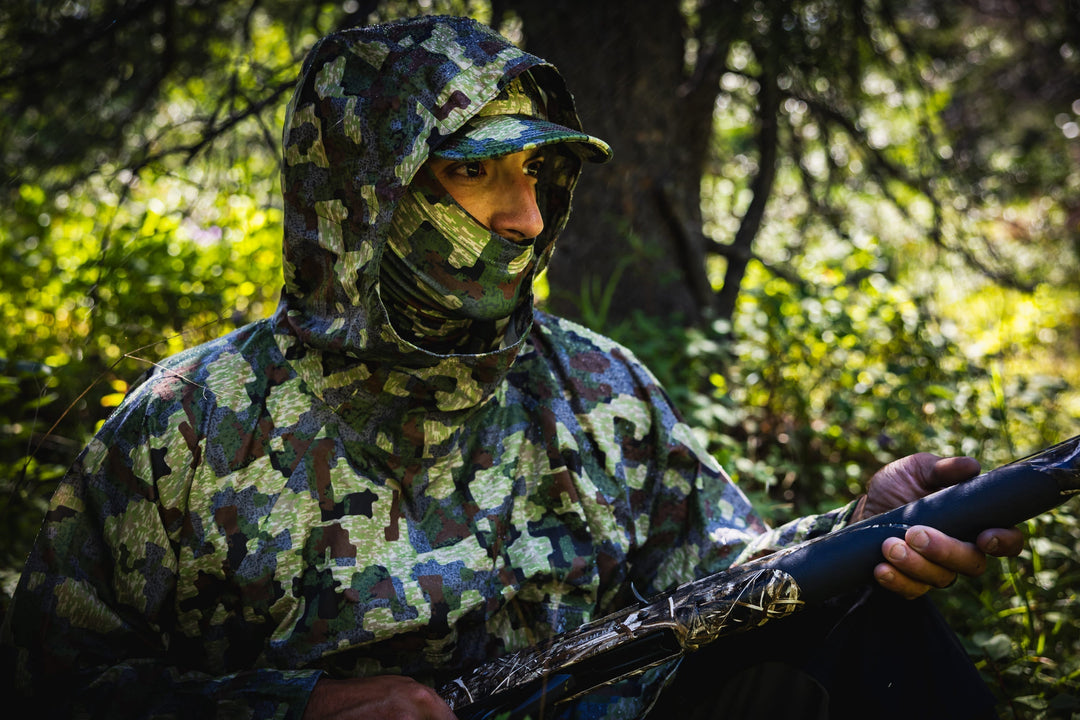2023 Update: Wyoming is asking for all shed hunters to delay due to historically harsh weather. Recent snow storms have dropped several feet of snow and many herds are experiencing die-offs.
There is something undeniably intrinsic in finding an antler dropped by a buck or bull. A discarded growth of bone now becomes a keepsake to the discoverer. If you have spent several seasons afield, the chances are high that you’ve come across a few. Picking it up, you look it over, thinking about the animal that once wore it for battle gear and then put it in your pack to bring home.
Shed hunting isn’t a new trend; earlier cultures also picked up shed antlers and often utilized them for tools and weapons. The modern popularity of shed hunting started as a recreational pursuit, but has turned into a full blown season with commercial opportunities for the entertaining hunter. Here's what you need to know about shed hunting today.
|
Table of Contents |
Shed Hunting Ethically and Legally
Many states have begun to regulate shed hunting as any other season. Animals are at their most vulnerable at the end of a long winter where they are essentially starving until spring. Disrupting them too early can force them to burn desperately needed calories, depleting their reserves more quickly.
Utah requires anyone hunting sheds to first take a required ethics course. During the months of February, March, and April this certificate must be carried, much like a hunter’s safety card.
Wyoming also has a shed hunting season, with many areas being closed to protect wintering herds. Montana is considering upgrading trespassing for shed hunting with hefty fines and jail time.
Before you begin your trek to find sheds, check your state’s regulations and consider the conservation-ethic of waiting until the animals make it through to spring. Spread the impact of your searching to other areas where there are fewer people and you’ll likely find more sheds. And remember to respect property boundaries as in fall hunting.

Sheds Can Tell You A Lot
The two obvious clues you can learn when first picking up a shed antler are that the animal made it through the winter to that point and the general age. Young deer can sport just a single spike or a few points, but determining an exact year class can be hard due to overlap between different age classes. As the animal matures, the more typical bone structure will grow and add mass each year.
The bottom of sheds is the pedicle and a deeper one extending into the skull indicates a much healthier animal. This bump at the bottom when concaved back into the antler indicates a higher stress level during antler growth. Males injured during antler growth can retain those injuries as their velvet hardens and even carry that new antler configuration the rest of their life.
If sheds are generally being found earlier than usual, that indicates poor herd health overall. If you find a deadhead (the skull with antlers attached), check state regulations on whether you can retain it and alert the biologist. Several deadheads can indicate an increase of CWD, EHD, or other epidemics.

Increase Your Success With Shed Hunting Dogs
Dogs make everything better and hunting is a richer experience with one. Using their legendary sense of smell, dogs can be trained to find and retrieve shed antlers.
Retrieving breeds like Labradors and Goldens perform best, but any breed can be trained for shed hunting. Training your duck dog to hunt sheds in the spring is a great way to keep him fit yearlong. Dogs can get into denser areas where bucks and bulls tend to hole up after breeding and where they typically drop antlers.

What Shed Hunting Gear Do You Need?
One of the best aspects of shed hunting is that you really don’t need any special gear. The boots and clothing you wear for late season hunts will be what you need just a couple of months later.
Hiking poles definitely help when moving up and down terrain and poking through pine straw or leaves looking for buried ones. A hunting pack with the ability to haul meat easily doubles for strapping down large elk tines; antlers are dense bones and their weight adds up quickly.

What Can You Do With Sheds?
Most sheds become decorations around a sportsman’s house. They adorn book racks, chandeliers, Christmas trees, and truck dashboards. Moose paddles become cribbage boards and broken tips turn into bottle openers or whistles.
The uses for shed antlers are as varied as the next shed hunter’s preference. Antler buyers will pay by the pound for bulk finds; matched sets fetch a higher premium.
Shed Hunting Tips
Here a few shed hunting tips and strategies for more success:
- Know where animals winter. Sheds are unlikely to be in areas where you see animals in the summer.
- Talk with farmers about walking fields. They hate puncturing a tire with an antler while plowing.
- Morning hunts help you catch the shine of an antler with the low angle of the sun’s rays.
- Check thoroughly around water sources.
- Keep track of GPS locations; patterns can develop over a few seasons that will make you a better shed hunter.
- Number your sheds on the pedicle base and keep a log about where and when you find them.
- Form a 100-yard grid around a shed for a good chance at finding the matching side.
- Don’t forget that antelope shed their horns, too!
- Know when deer and elk shed their antlers in your area. The further north, the later they tend to drop.








